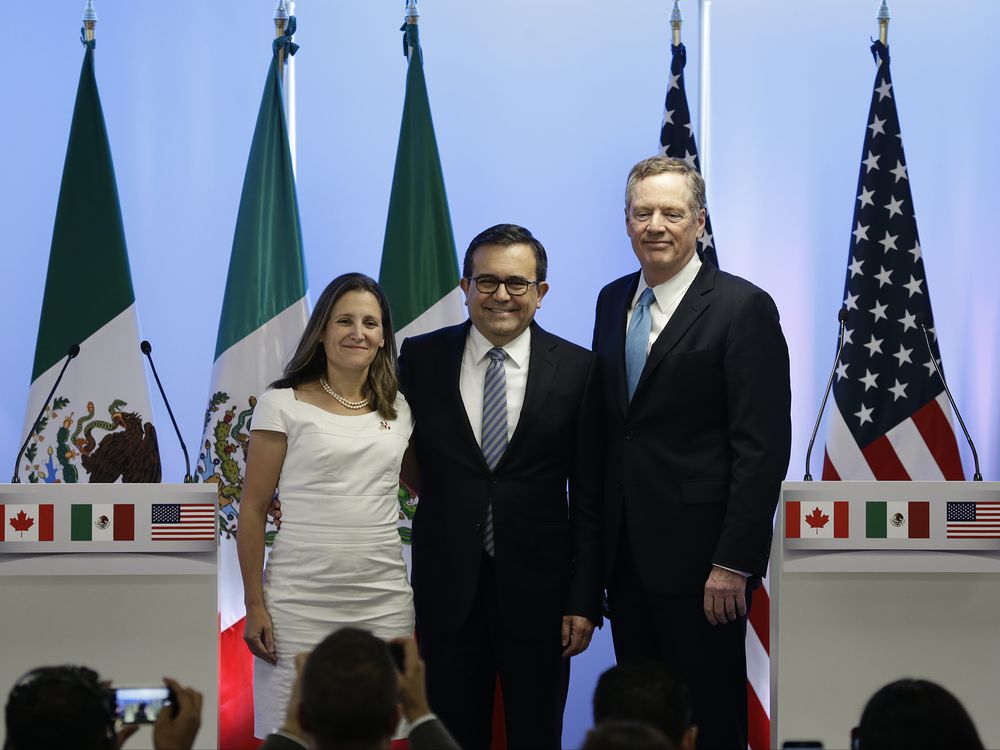Terence Corcoran, a National Post columnist and one of Canada’s leading business writers and editors, published an article on Wednesday September 27, stating that once the trade negotiators from Canada, Mexico and the USA are done with it, the new agreement will have to be named the North American Trade Protection Agreement.
Let’s get right to the conclusion: By the time the official Trump and Trudeau trade dealers get through their continental negotiations over NAFTA, the new agreement will have to be named NATPA, the North American Trade-Protection Agreement. After a few months of alleged negotiations, the three nations have yet to indicate any real interest in free trade. Every action, every comment, every appointment, every public statement, every speech, every analysis has been grounded in the language of trade protectionism.
It starts at the political top in Canada and the United States, and trickles down to industry leaders, union bosses, appointed advisory councils, hired negotiators, and assorted special interests.
Canada’s minister in charge of the country’s negotiating team, Chrystia Freeland, recharged the protectionist tone on Monday. Ottawa is working very hard, she said, to protect the interests of workers, especially striking autoworkers. And when it comes to Canada’s dairy farmers, “we will defend their interests vigorously,” she said.
The new agreement will have to be named NATPA, the North American Trade Protection Agreement

Canadian Foreign Affairs Minister Chrystia Freeland, from left, Mexico’s Secretary of Economy Ildefonso Guajardo Villarreal, and U.S. Trade Representative Robert Lighthizer, pose for a group photo at a press conference regarding the second round of NAFTA renegotiations in Mexico City. Tuesday, Sept. 5, 2017. (AP Photo/Marco Ugarte)
That’s just the beginning. Anti-free-trade labour rules, environmental regulations and gender-equality objectives are high on Canada’s target list. Pressure is on to protect cultural sectors.
The opposition Conservatives, led by foreign affairs critic Erin O’Toole, took up the protectionist line. “I have yet to hear the prime minister stand up for our auto industry, said O’Toole. He sounded like Unifor leader Jerry Dias — now apparently a Trudeau insider — and former Canadian Auto Worker chief Buzz Hargrove, who said this week that Ottawa needs to take a “much tougher stand on trade” to protect Canadian workers, including 2,800 CAW members who are on strike against a General Motors plant in Ontario and putting other parts of parts of the auto sector on shutdown risk.
American trade leaders are also focused on transforming NAFTA into NATPA, especially in the auto sector. President Trump’s trade representative, Robert Lighthizer, sounds like a union boss when he cites the need to set higher North American content rules for the auto sector.
Click here for full article by Terence Corcoran for the financialpost.com
Source: http://business.financialpost.com/

